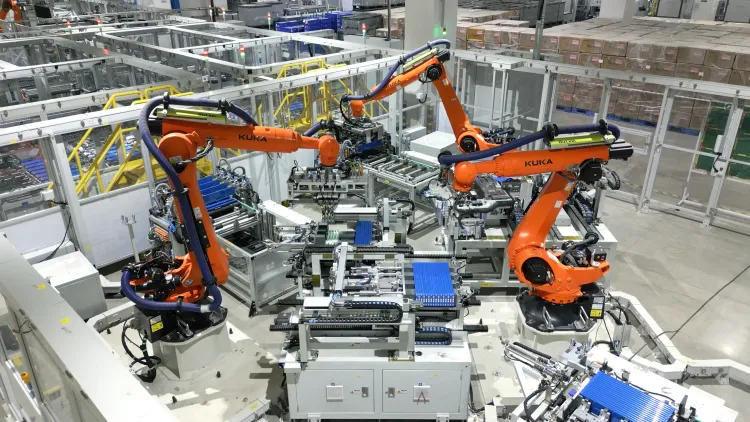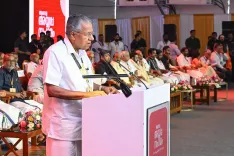Strengthening Manufacturing and MSMEs: Five Essential Strategies for Job Creation, Says PHDCCI

New Delhi, Jan 13 (NationPress) Focusing on the manufacturing industry and reinforcing the micro, small, and medium enterprises (MSMEs), among other initiatives, can not only secure ongoing economic advancement but also create millions of job opportunities, according to the PHD Chamber of Commerce and Industry (PHDCCI) on Monday.
The business association has put forward a detailed five-pronged approach aimed at fostering job creation and promoting economic development within the country.
These fundamental pillars encompass enhancing rural demand and implementing agricultural reforms, improving export competitiveness, and encouraging university-industry collaborations.
As part of its 100-day agenda for the government, the industry group has recommended the establishment of a comprehensive National Employment Policy with a mission-oriented approach and specific quarterly targets, asserting that increased employment will bolster India’s path toward Viksit Bharat by 2047.
The PHDCCI emphasizes the need to prioritize the manufacturing sector, which accounts for roughly 16 percent of India’s GDP, with an ambitious goal to raise this share to 25 percent by 2030.
In recent years, the government has made significant progress by eliminating over 42,000 compliance requirements, thereby creating a more favorable environment for businesses.
Additionally, further efforts are necessary to enhance the ease of doing business at the factory level, enabling entrepreneurs to deploy an increasing workforce within their operations.
The second vital strategy involves fortifying the MSMEs, which are the backbone of India’s economy, consisting of over 60 million MSMEs that contribute about 30 percent to the national GDP and provide employment to more than 110 million individuals.
“Addressing challenges such as improved access to financing, a robust technological framework, and a streamlined regulatory environment is crucial for the sustainable growth of MSMEs,” remarked Hemant Jain, President of the PHD Chamber of Commerce and Industry.
Enhancing rural demand and implementing agricultural reforms is identified as the third component of the strategy, highlighting the significance of increasing rural demand that is closely tied to boosting agricultural incomes.
“Rural demand, a critical factor in economic expansion, can dramatically influence India’s employment scenario. Strengthening rural economies will unlock new avenues for growth, especially in the manufacturing and service sectors,” asserted Jain.
The fourth strategic element involves enhancing export competitiveness.
India’s exports have reached a record high of $778 billion, and the objective is to achieve $2 trillion in exports by 2030 — comprising $1 trillion from merchandise exports and $1 trillion from service exports.
Key initiatives to boost export competitiveness include streamlining trade facilitation procedures, enhancing customs operations, and reducing logistical expenses.
Finally, fostering university-industry collaborations is the fifth strategic pillar identified by PHDCCI, as strong connections between educational institutions and industries will accelerate technological progress, foster new product development, and generate high-tech employment opportunities in fields such as biotechnology, robotics, and information technology.









